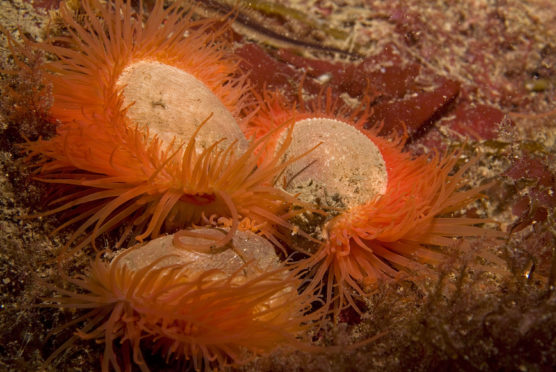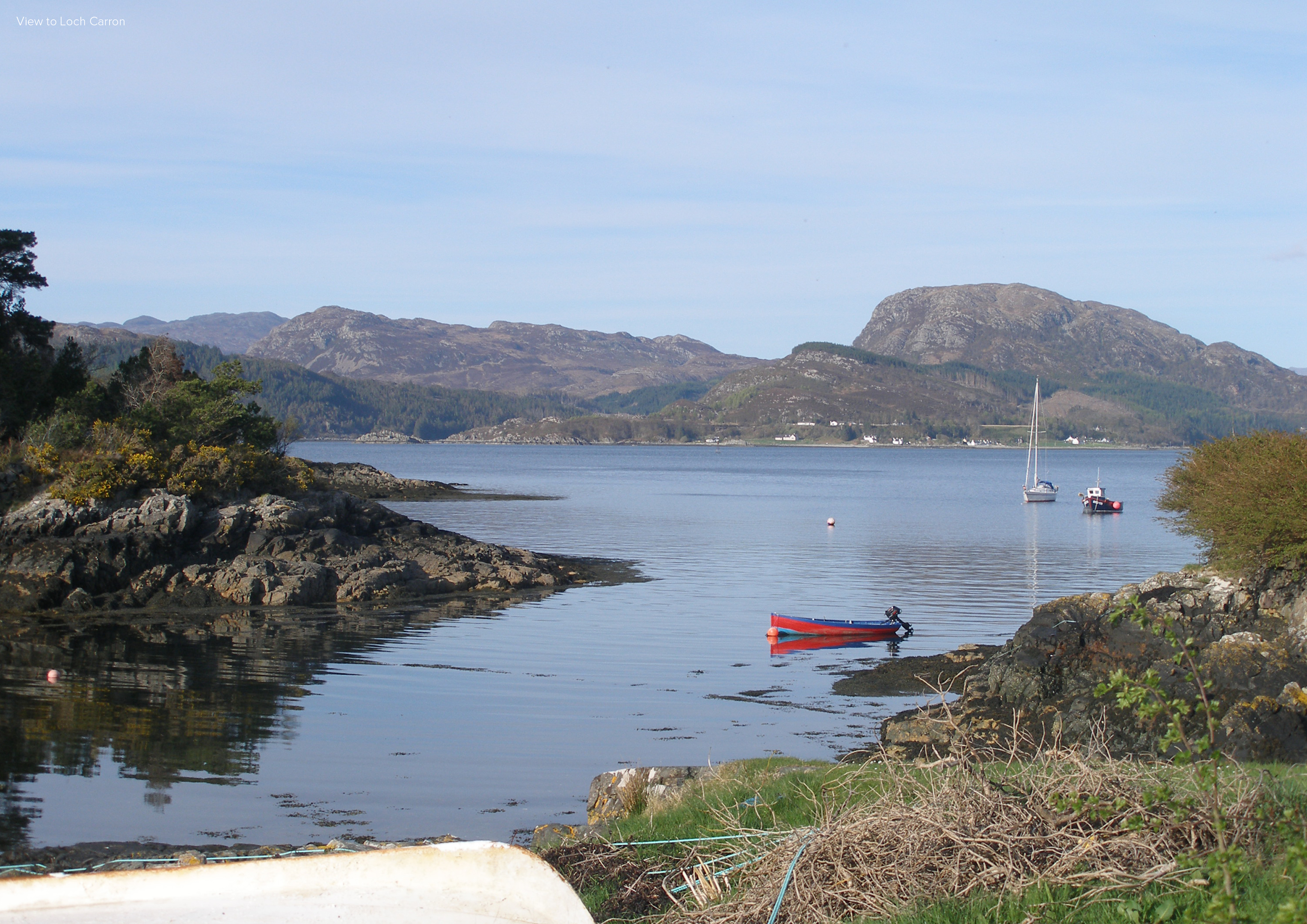A wildlife rich reef damaged by scallop dredging was yesterday granted permanent protection from fishing.
Scottish Government ministers had issued a temporary order banning mobile fishing on Loch Carron on Scotland’s north-west coast after an incident in 2017.
Divers who visited the Wester Ross reef, which is a nursery ground for scallops, found the area had been “intensively” dredged.
The Marine Protected Area (MPA) for Loch Carron came into force yesterday, meaning fishermen operating trawlers or dredging boats will not be able to fish.
Katie Gillham, head of marine ecosystems at Scottish Natural Heritage, said: “We’re delighted that the Loch Carron MPA is now designated on a permanent basis.
“Loch Carron is home to the world’s largest known flame shell bed – containing a quarter of a billion of the fiery orange shellfish – as well as spectacular living maerl beds.
“Not only are they outstandingly beautiful, but these vitally important marine ecosystems also provide us with many benefits, from locking in carbon to providing important nursery areas for other species.
“The west coast of Scotland is of international importance for these precious seabed habitats and this designation ensures that they will continue to be protected and allowed to recover.”
Environmental group Open Seas has been calling for dredging to be banned around Scotland’s coast because of the damaging impact it can have on the sea bed.
But fishing organisations say the move is unnecessary and that existing protections are enough.
Nick Underdown, from Open Seas, said: “This permanent protection is fantastic news and is an investment in the future health of our fisheries.
“But piecemeal protection is not enough and until the Scottish government brings forward its promised measures to protect the full extent of our coastal waters from these fishing methods we will not see the regeneration that our rural communities so desperately need.”
The scallop dredger which caused the damage at Loch Carron was not operating illegally since the area had no protected designation at the time.
But it left the sea bed littered with broken shells and led to calls for dredging to be banned completely.
Fishing organisations have argued that protections should be in place for “examples” of sea features like flame shell reefs, rather than all of them.
Elena Balestri, science policy officer for the Scottish Fishermen’s Federation, has said: “The question isn’t whether there should be more protection, the answer is that there should an appropriate level of protection.
“We are not against the protection of the features if needed, but where there is a scientific basis for it.”











